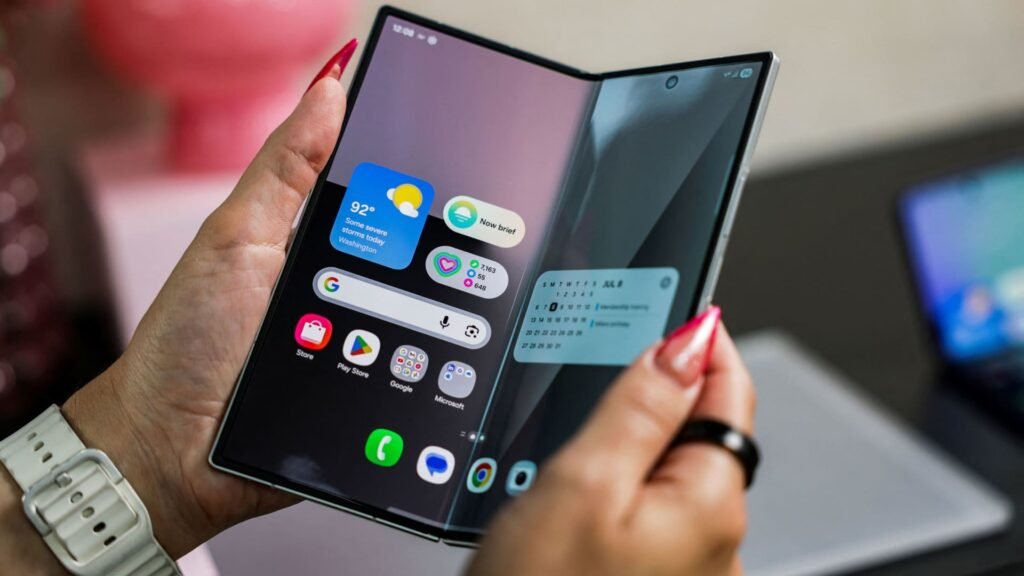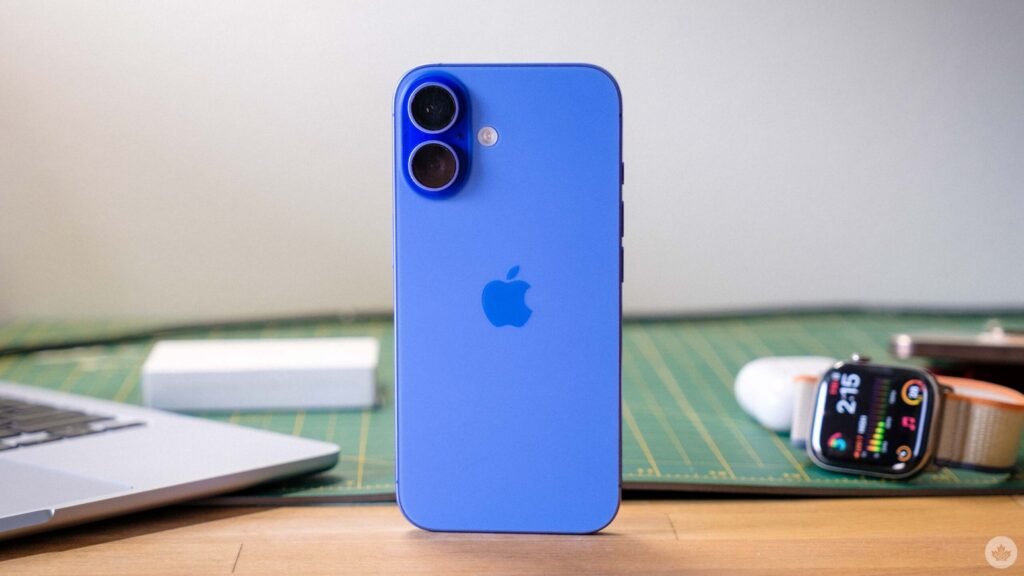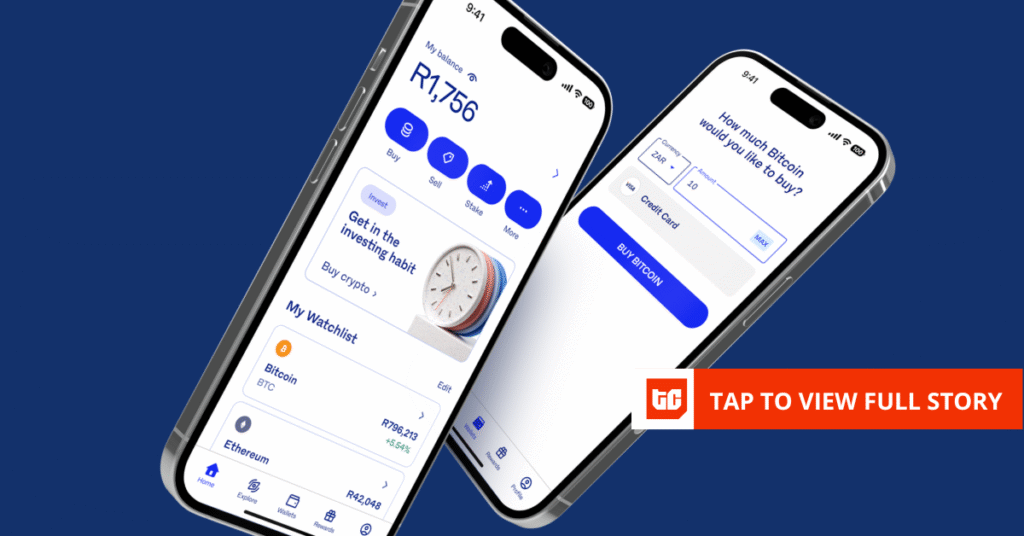Best parental control apps for monitoring your kid’s activity on Android devices

The security battle between iOS and Android tightens each time an operating system update comes out. Apple has held the lead for years — and though the gap is expected to close with the 2020 release of Android 11 and its heightened privacy measures, iOS 14’s release will be right on its heels.
But one aspect of cyber safety remains Android’s turf: Cooperating with parental control apps.
These apps, which usually require access to a phone’s location, contacts, browsing history, and call and text history, are occasionally hindered by Apple’s more strict app restrictions (like a 2019 policy change that slashed functionality on a handful of apps). Many parental control apps that don’t play well with iOS (like Qustodio) have no problem running their full suite of features on Android’s flexible OS, giving families who prefer Samsung and Google phones over iPhones, or Fire Tablets and Galaxy Tabs over iPads, a more robust approach device monitoring.
On the same beat, some brands of parental control software that work on desktops, laptops, and mobile devices aren’t able to be downloaded onto Macs (like Norton) — an obvious restriction for pro-Apple families who want to use the same parental control software on a kid’s Phone and MacBook. The content of Google’s RCS text messages are easier to log with an app than with iMessage, but parents can probably see iMessages if they share an Apple ID with their kid.
How are parental control apps different from Google Play controls?
Most smartphones are equipped with some sort of in-house parental controls. Android’s version are in the Google Play settings. These quick, laid back starter controls can act as a trial run for how kids will respond to parent-supervised phone or tablet usage. For kids who just need a few loose boundaries to ensure that their apps and movies are age-appropriate, the Google Play settings that limit content to your specified highest rating (like T for Teen or PG-13) could suffice.
But Google Play’s options won’t be comprehensive enough for a lot of people. They don’t touch on screen time, real-time web filtering, blocking of specific websites or apps, recurring geofencing, or school, homework, or bedtime schedules. Unless you’re all registered through Google Family Link (a separately-downloaded parental control app from Google — more on that below), parents can’t tailor settings from their own phone or get notifications about suspicious activity.
Geofencing is great for parents juggling the schedules of multiple children
A parental control app can also help keep tabs on your kid when they’re away from home. Though most have a basic “Where’s my child?” GPS function, only a select few software options offer geofencing. This location-based service lets you set up virtual boundaries around where a child should or shouldn’t be, as well as a specific time that the child should be there. Let’s say that your child goes straight from school to a sports practice three times a week. The geofencing feature will monitor their phone’s location and will alert you if your child doesn’t show up to the scheduled area on time, and some even offer an SOS button for emergency situations. Teenagers may even enjoy not being bombarded with “Where are you?” texts.
Geofencing can also be used to monitor web time when your child is in a designated location. For instance, many parents like to disable games or social media apps during school.
What is the best parental control app for Android?
Most decent apps can set limits on screen time, send an activity report of which apps are used the most, and let parents block or delete sketchy or distracting apps. From there, criteria for an app that works for your family depends on nuances. Older kids may not need hardcore web filtering or strict monitoring of the numbers that text and call them, while younger kids who don’t text or go anywhere by themselves will probably require reliable geofencing and parental approval of apps they try to download.
If you’ve found that the phone or tablet works well as a discipline tactic, an app with an ad-hoc locking or unlocking feature is a must. With a single toggle, parents can reward kids with free time outside of the daily schedule or automatically lock certain apps (or the whole device) for a timeout.
Parents who are concerned about specific apps like WhatsApp or TikTok need to ensure that the chosen parental control app allows customized downloads rather than basing restrictions on a maturity rating alone.
You should probably tell your kid that you’re watching their device
There’s a fine line between responsibly monitoring your child’s device and invading their privacy. Wanting to keep tabs on their behavior isn’t being too strict, especially if it’s their first time having their own device: , a pediatrician who sees patients with autism, ADHD, and developmental delays, told Mashable’s Rebecca Ruiz that taking an active role in what kids consume online and tailoring screen time rules to their specific needs is a critical strategy — no matter what age.
Letting them in on the decision could lessen the likelihood of rebelling or trying to find loopholes in the app, and letting them help decide the limits might make them more open to having these guidelines in the first place. Instead of confiscating their phone as a means of screen time control, devise a mutually agreed upon schedule for when texting, social media, or games are allowed, and when their device needs to lock for uninterrupted learning at school, homework, or falling asleep. If you’re worried about smothering them, consider an option that provides warnings about screen time instead of immediately locking the device, or an option that lets them request extra time or access to a site that they feel is wrongfully blocked. If they use their phone to play sleep music, an app that lets you customize which apps are restricted at night lets your kid keep their routine intact.
Here are the best parental control apps for Android in 2020:
Best Google Play reviews
Straightforward pricing • Restricts games but leaves reading apps open before bed • Restricts everything but educational apps during school • Ad-hoc Pause and Play mode • Task-reward system
Limited to one device per child • Can’t do much with text or call contacts
Parents who left reviews were impressed with the level of customization in the app blocker.
Screen Time
A hidden gem of an app that’s great for situation-based app blocking and runs smoothly.
- Free version: Yes
- Screen Time Premium: $6.99/month
Though it may not pop up in a quick Google search for best parental control apps, Screen Time’s top tier ranking on the app store proves its reliability. It doesn’t seem to fall prey to the common complaints like a laggy design or inflexible controls that make life harder rather than easier.
If you want to do more than monitoring app usage or web history, paying for Premium is a must. Customizable app blockers give kids some leeway while still ensuring that they aren’t distracted at the wrong times: Lock everything but educational apps at school and
Be the first to write a comment.



